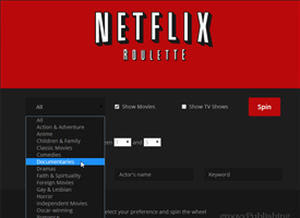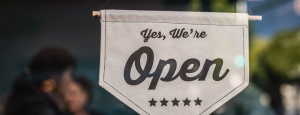This year, we’ve observed that a few new trends in the shopper-marketing world have started to shift the entire shopper experience as we traditionally think about it. As the industry evolves and new shopping models emerge and normalize, we’re definitely taking notice! Over the next few days, we’ll explore and discuss a few of the trends that caught our attention in 2015 and have significant implications for shopper marketing in 2016 and years to come!
Decision Fatigue and Outsourced Shopping
In today’s world, shoppers often find themselves sifting through a surplus of choices, becoming overwhelmed with information and too many options – a phenomenon that’s developed in recent years called decision fatigue. With so many choices, from toilet brushes to what to watch on Netflix, decision-making itself has become a chore, and shoppers are looking for new, easier ways to make their decisions and purchases.
For example, if the CEO of Facebook needed to go shopping for a shirt, traditionally he’d head to his shirt store of choice. Once there, he’d be faced with thousands of shirts to sift through: by style, by color, by occasion, by size, and so on. Instead, he’s chosen to cut the process of decision-making out the equation, preserving mental energy by buying and wearing only gray shirts.
The daily uniform is just one reaction to decision fatigue. We see another, potentially larger shift taking place that we’re calling Outsourced Shopping, where shoppers are opting out of decisions and shopping entirely, letting someone else take the reins and do the work for them. New resources like the Magic texting service, Amazon Echo(and Alexa), Facebook’s new personal assistant “M” or delivery subscription services like TrunkClub make this possible, taking the pressure off of shoppers by doing the shopping and expending the mental energy for us. You can now request a shirt from any of these outlets, give a few details on personal preferences and a credit card number, and let someone else sift through all the options and ultimately choose a suitable shirt for your needs. And it’ll come straight to your doorstep.
We see outsourced shopping taking place across industries and categories. Blue Apron now has ample competition, including a physical retail location called “Pantry” that provides up to 20 meal kit options at a time (compared to the maximum 3 per week with Blue Apron). There’s also a subscription service for everything from craft beer, to Japanese candy, to Apocalypse prep, all of which expose shoppers to new products within their areas of interest and without the decision (and all factors involved) to risk the purchase of an unknown brand/item in the first place.
The Outsourced Shopping trend could present a critical problem for both retailers and CPG companies, each of whom count on the 40% of consumers who browse and buy items in a physical retail location at least once a week and thus spend more time and money on products. We all must find ways to stay in demand with our end-consumers. This may look like driving that demand for our brands in new ways, despite the shopper’s removal from the process. It might also be considering how to ease some of the stress of decision-making for shoppers in the current shopping model, or exploring new channels within convenient and growing shopping mechanisms like subscription services or pre-made delivery kits.
What are some ways that brands and retailers can each support these younger, decision-averse shoppers with tools and programs? Have you seen anyone already leveraging this trend? Share with us in the comments!
Photo Sources: Netflix: Cassandra Daily / Mark Zuckerberg: Business Insider & Getty Images / Pantry: Boston Magazine


